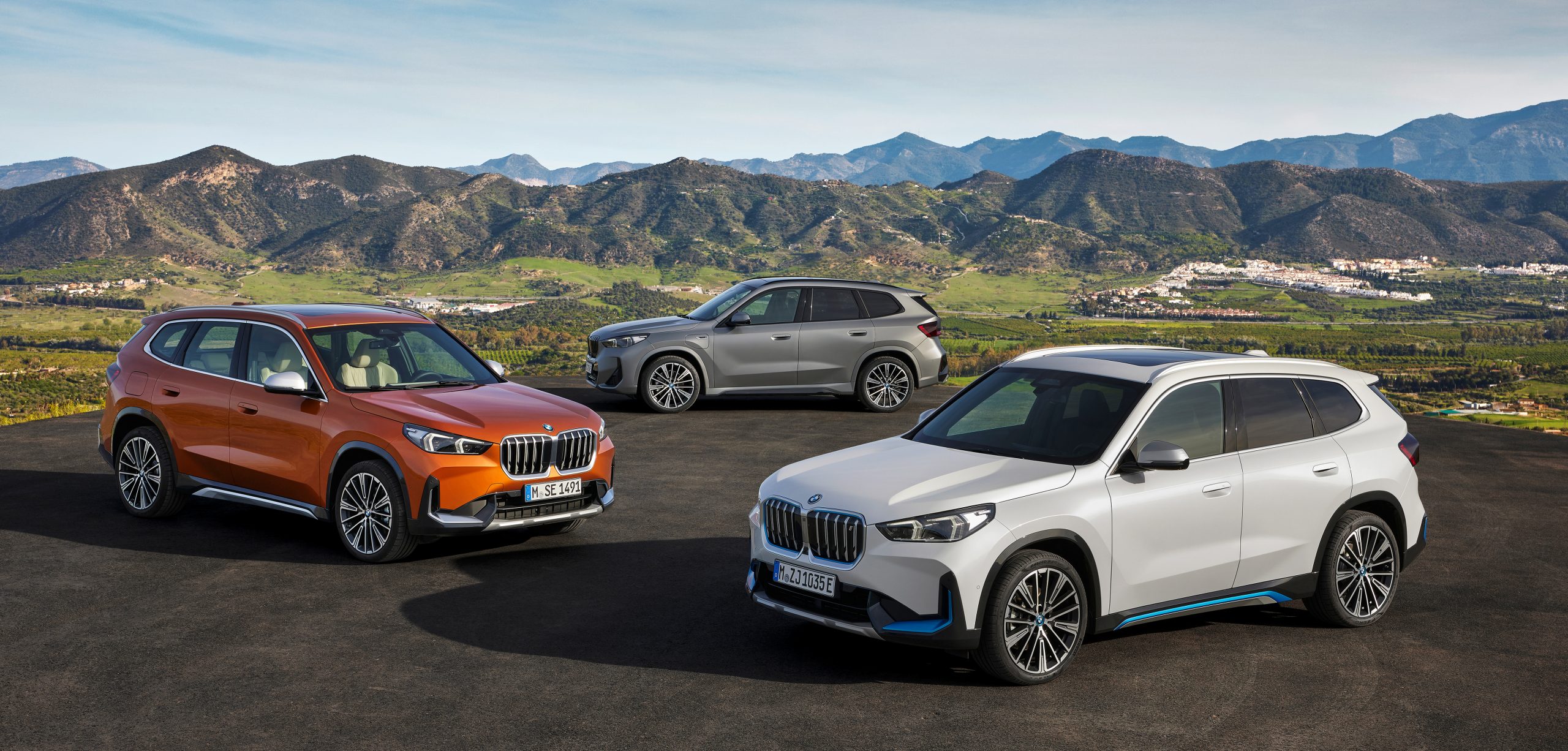On June 1st, BMW officially released the entry-level pure electric products, as well as the entry-level SUV iX1 and X1. The new car adopts the FAAR platform, which is BMW’s current transverse front-drive platform. A pure electric version has been added to the original ULK platform. Therefore, the new X1 has three driving forms: fuel, PHEV, and pure electric.
In terms of appearance, the new X1 offers a total of three packages, with the fuel version featuring a traditional off-road style bumper and chrome decoration.
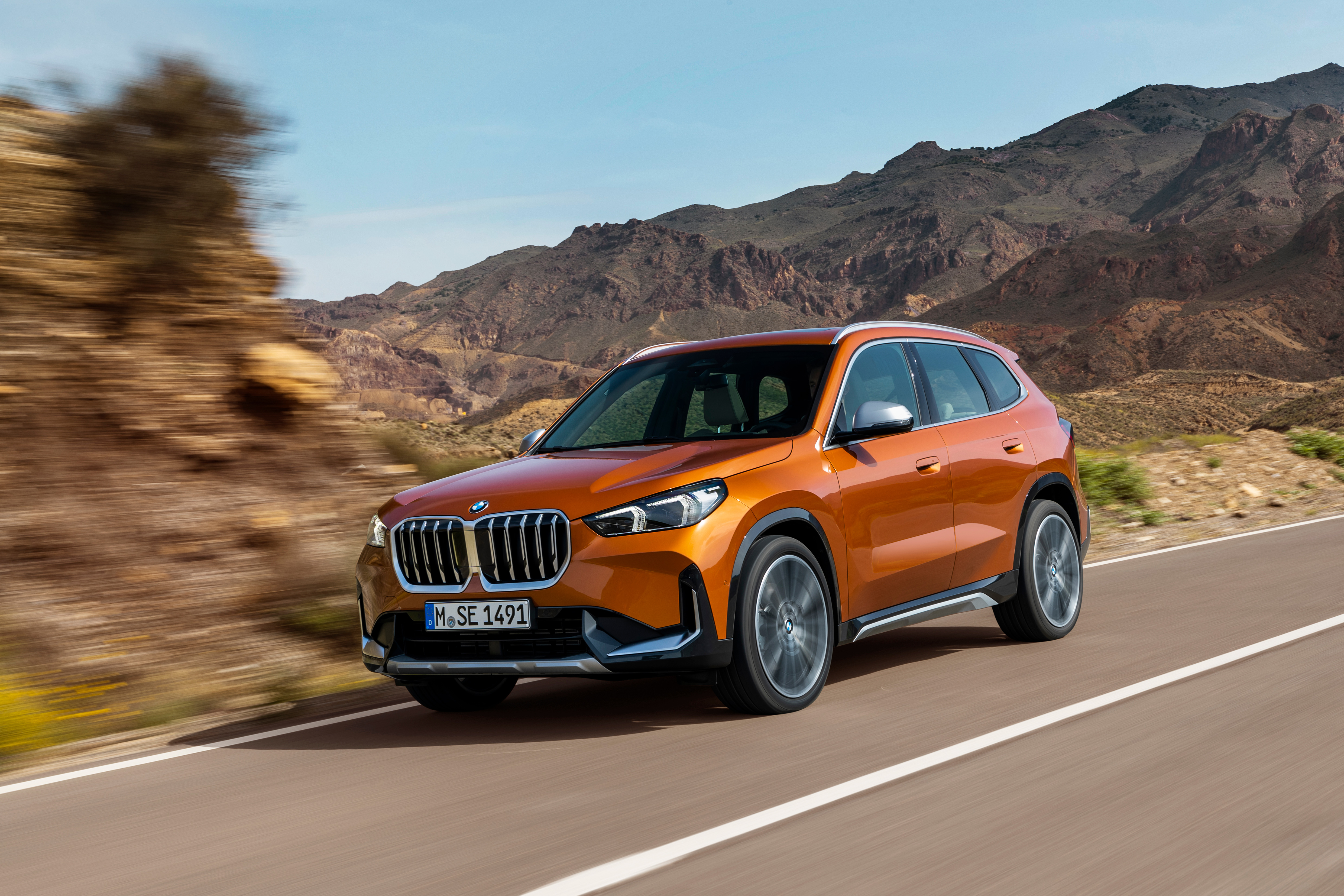
The PHEV version with plug-in hybrid provides an M-style bumper with a shiny black package.
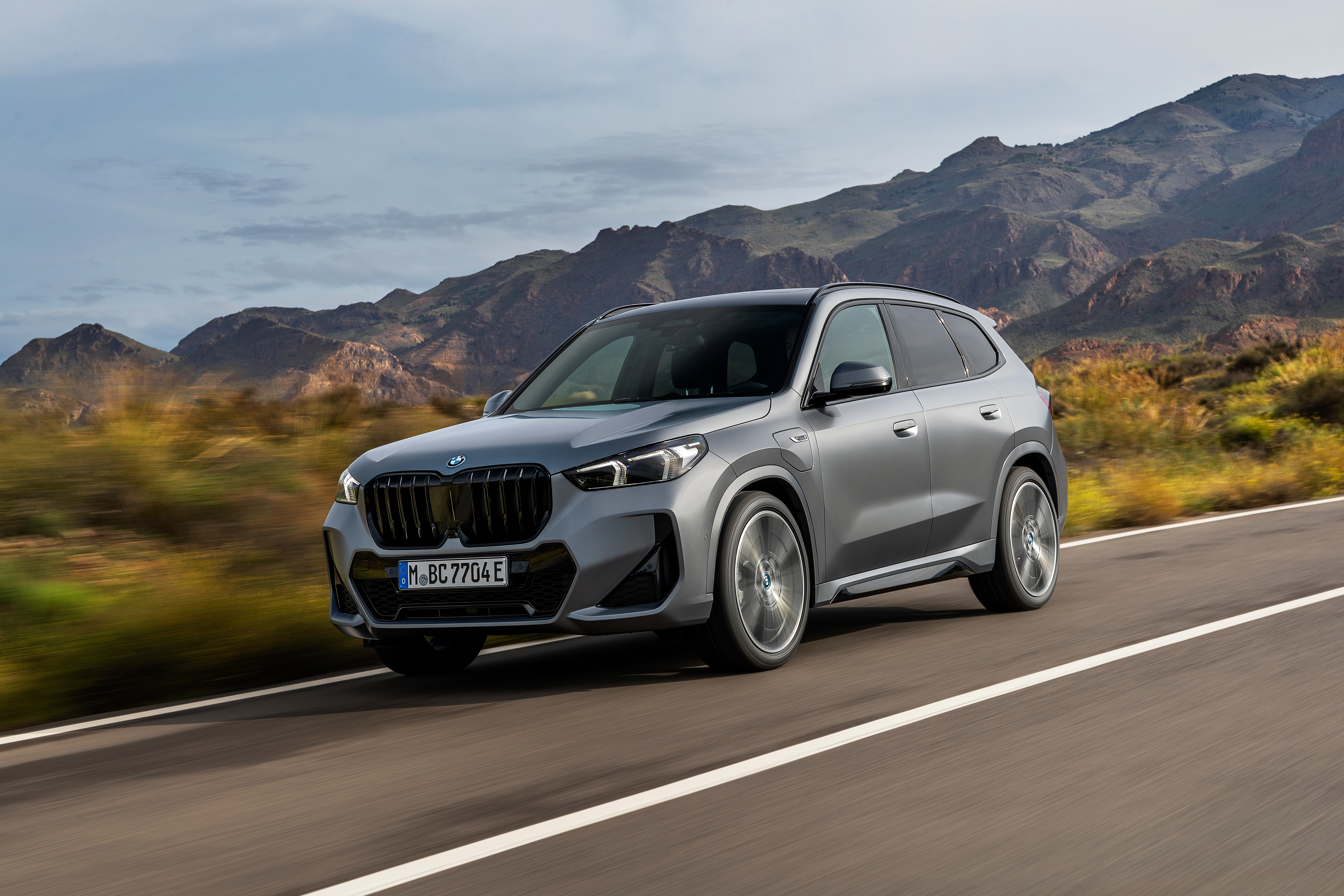
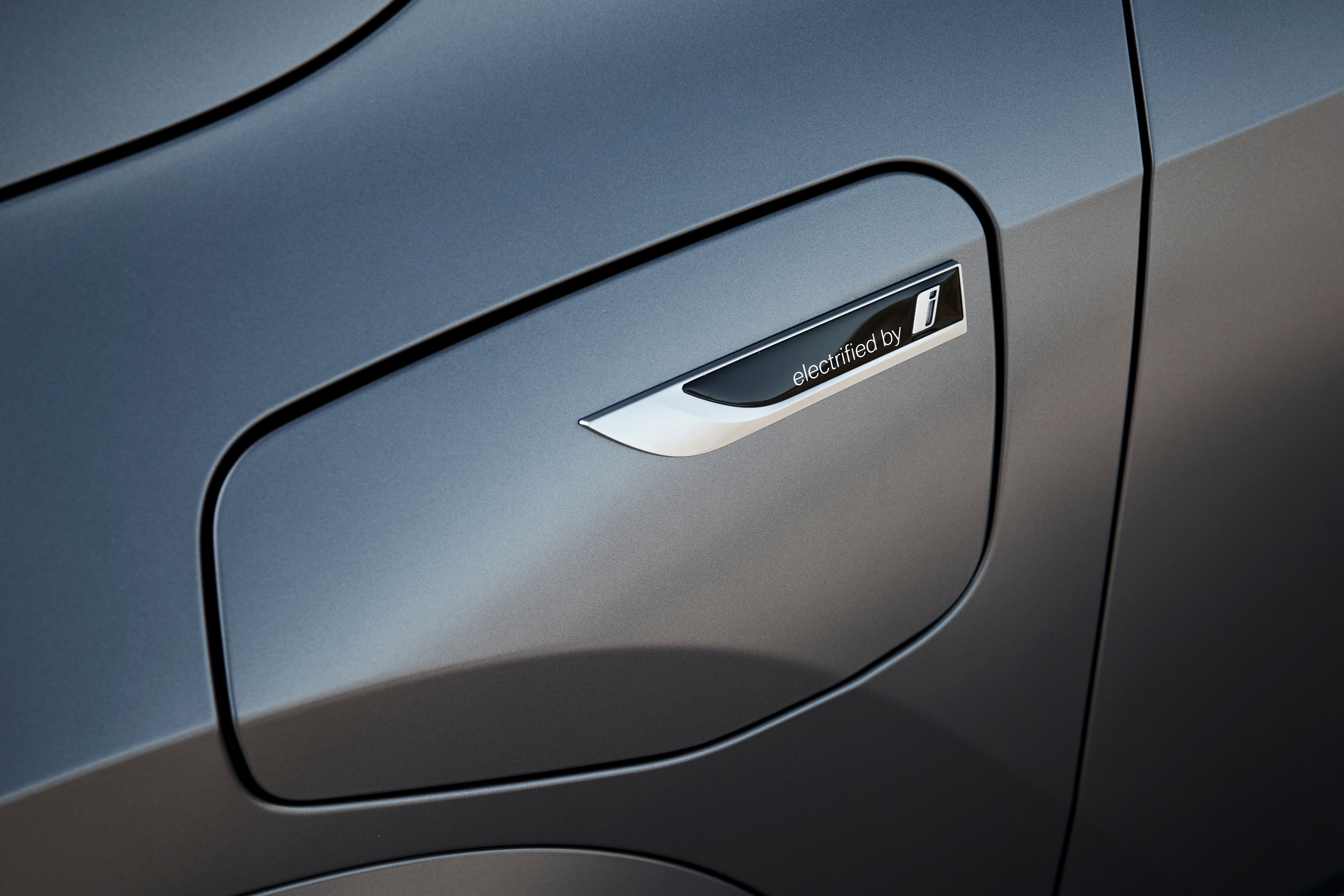
The pure electric iX1 still uses the classic blue decoration on the front bumper, side skirts, and rear end to highlight its pure electric identity, and the entire series uses a hidden door handle design to reduce wind resistance.
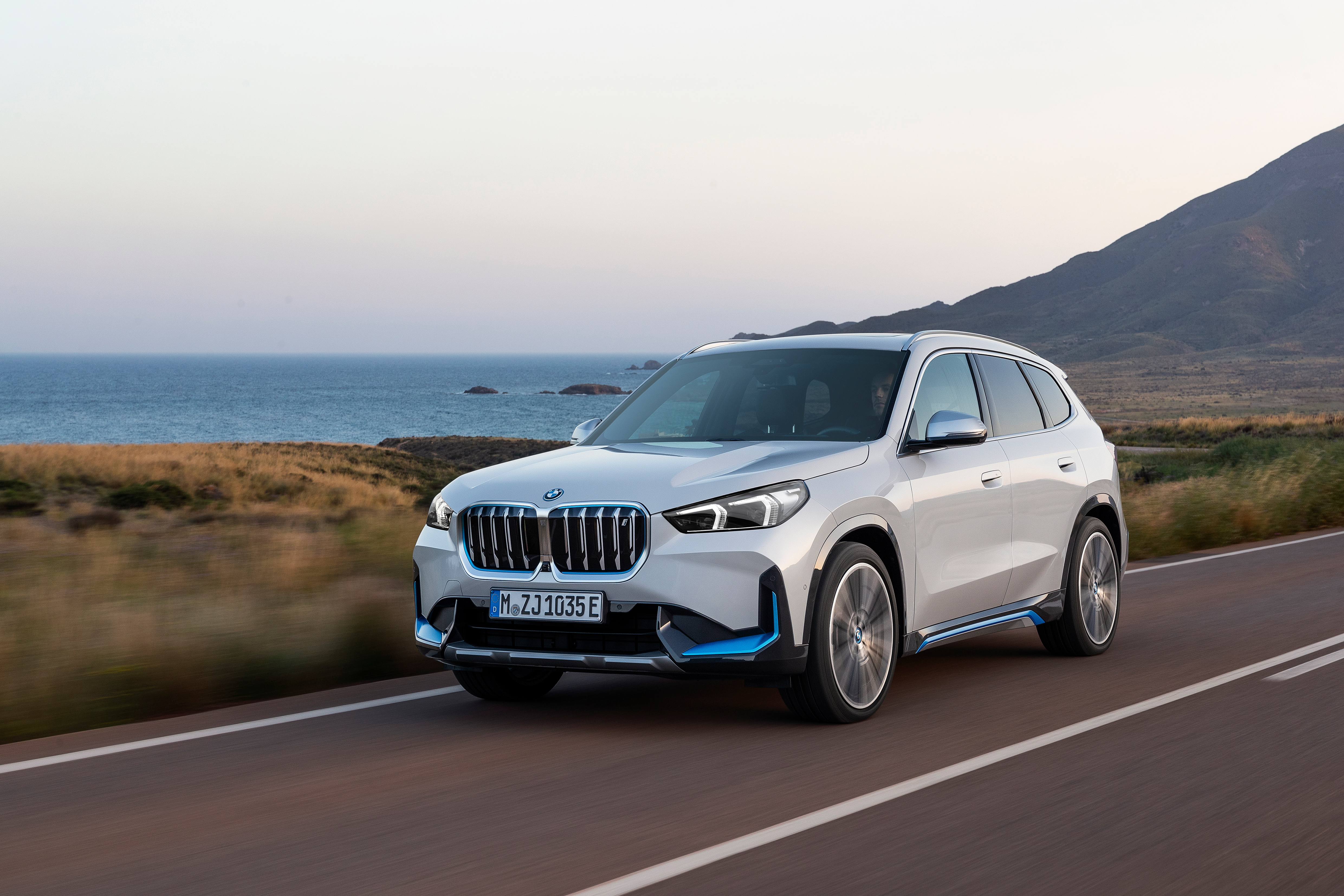
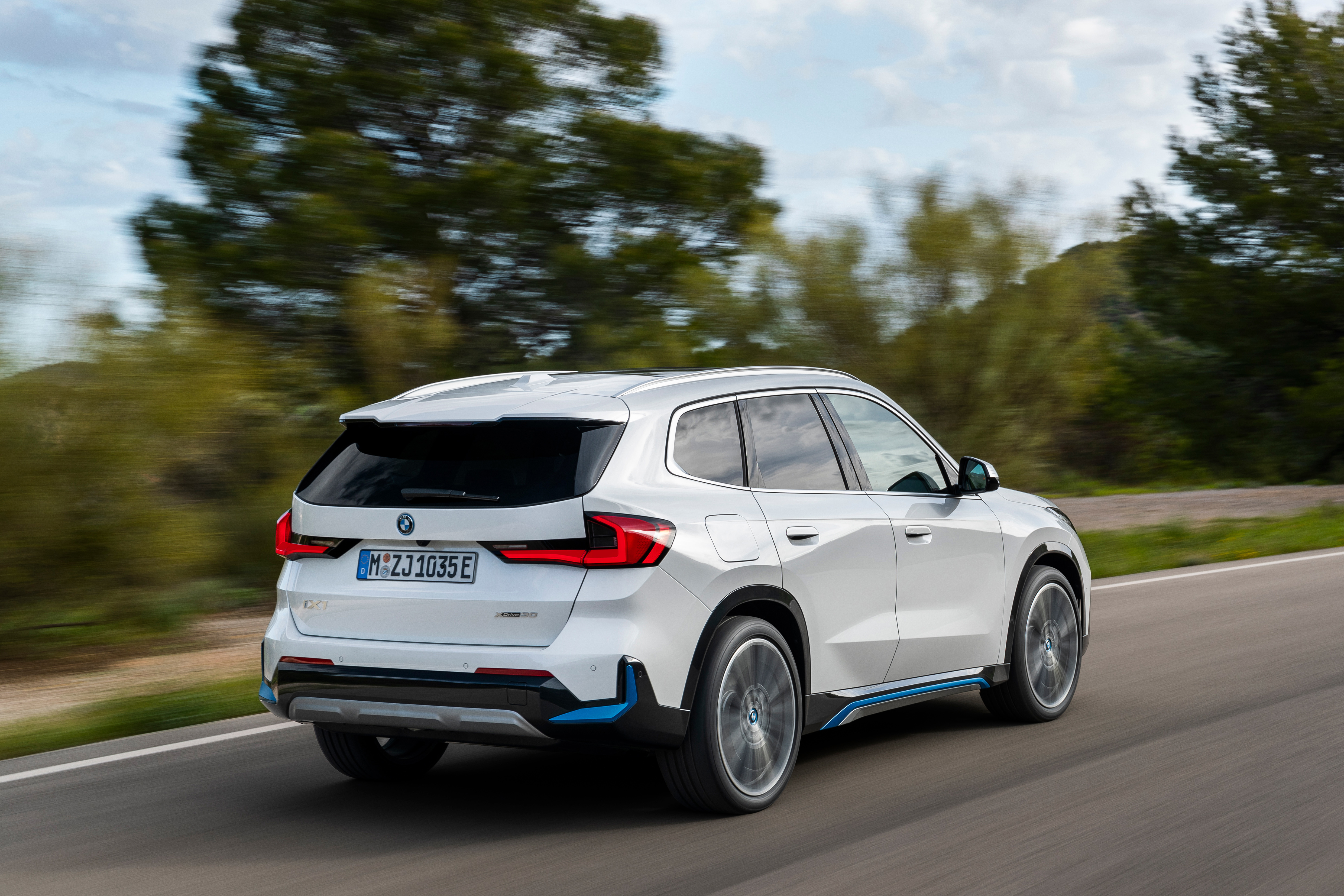
In terms of details, the three cars do not have much difference and adopt a new generation of design language. The LED headlights use an inverted double L-shaped daytime running light strip similar to the all-new 3-Series. At the same time, the overall taillight strip design inherits the styling of the current model, but the shape is more concise, and the changes can be seen at a glance.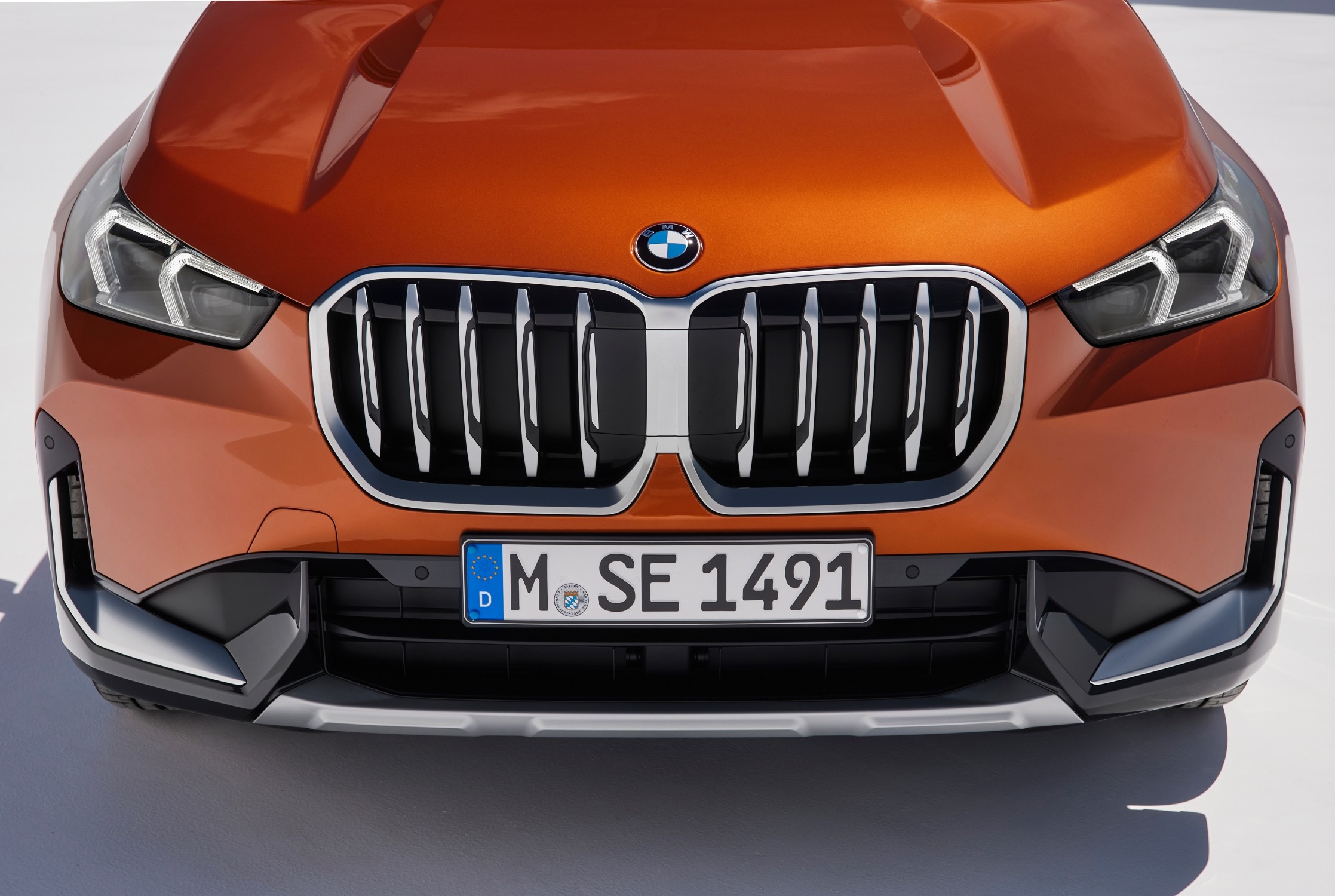
The body size of the all-new X1 series is 4,500 × 1,845 × 1,642 mm and the wheelbase is 2,692 mm. It belongs to the standard compact SUV category, between the Q3 with a length of 2,680 mm and the GLA with a length of 2,729 mm. The wheelbase of the current domestically produced extended version of the X1 is 2,780. After the new version is introduced in China, it is expected to further increase the wheelbase.
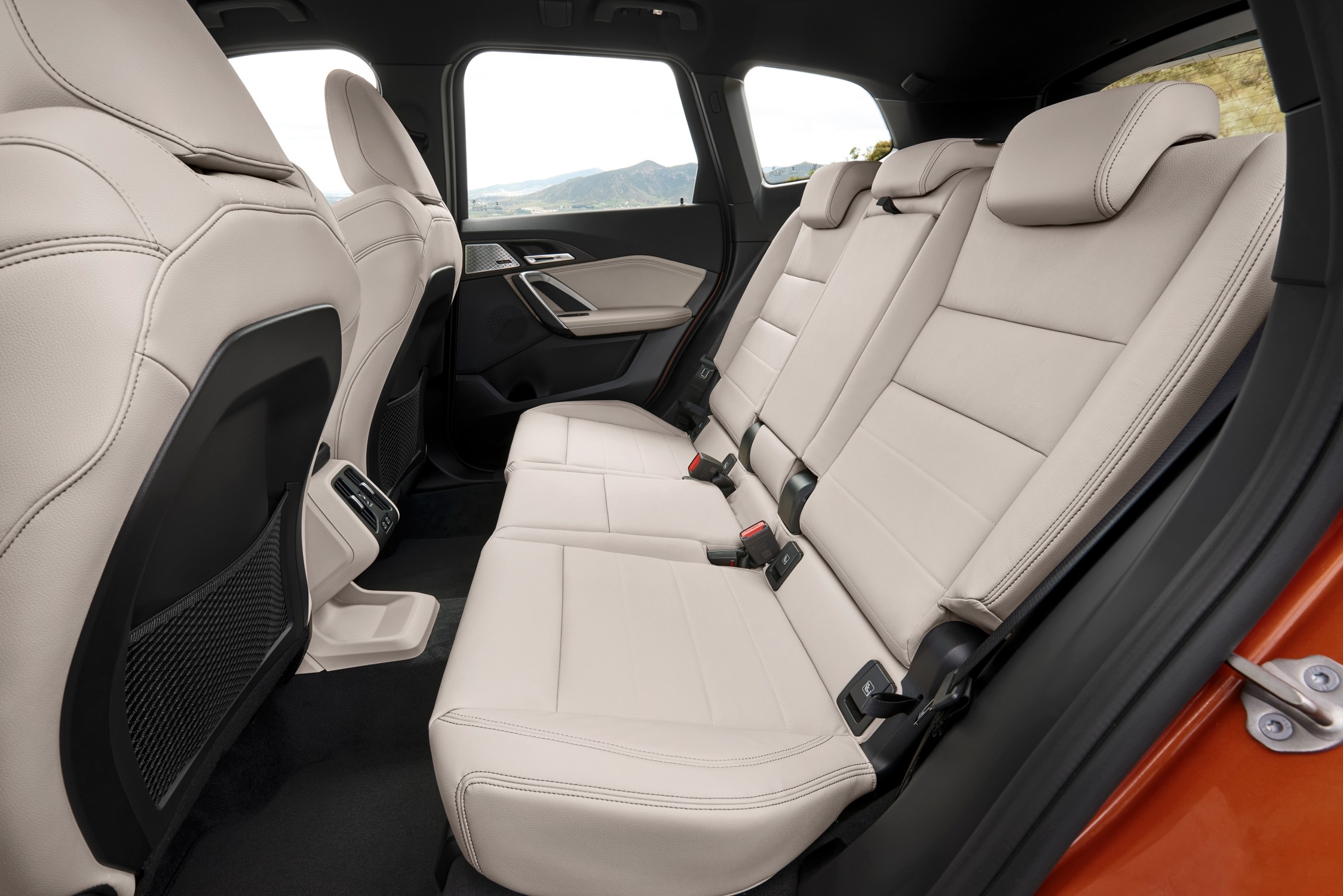
In terms of power configuration, the iX1 is more outstanding. The badge on the tail of the iX1 is xDrive 30, equipped with a dual motor with a maximum power of 230 kW, but in normal mode it is 200 kW, with a maximum comprehensive output torque of 494N·m. The acceleration from 0 to 100 km/h only takes 5.7 seconds, and the top speed can reach 180 km/h.
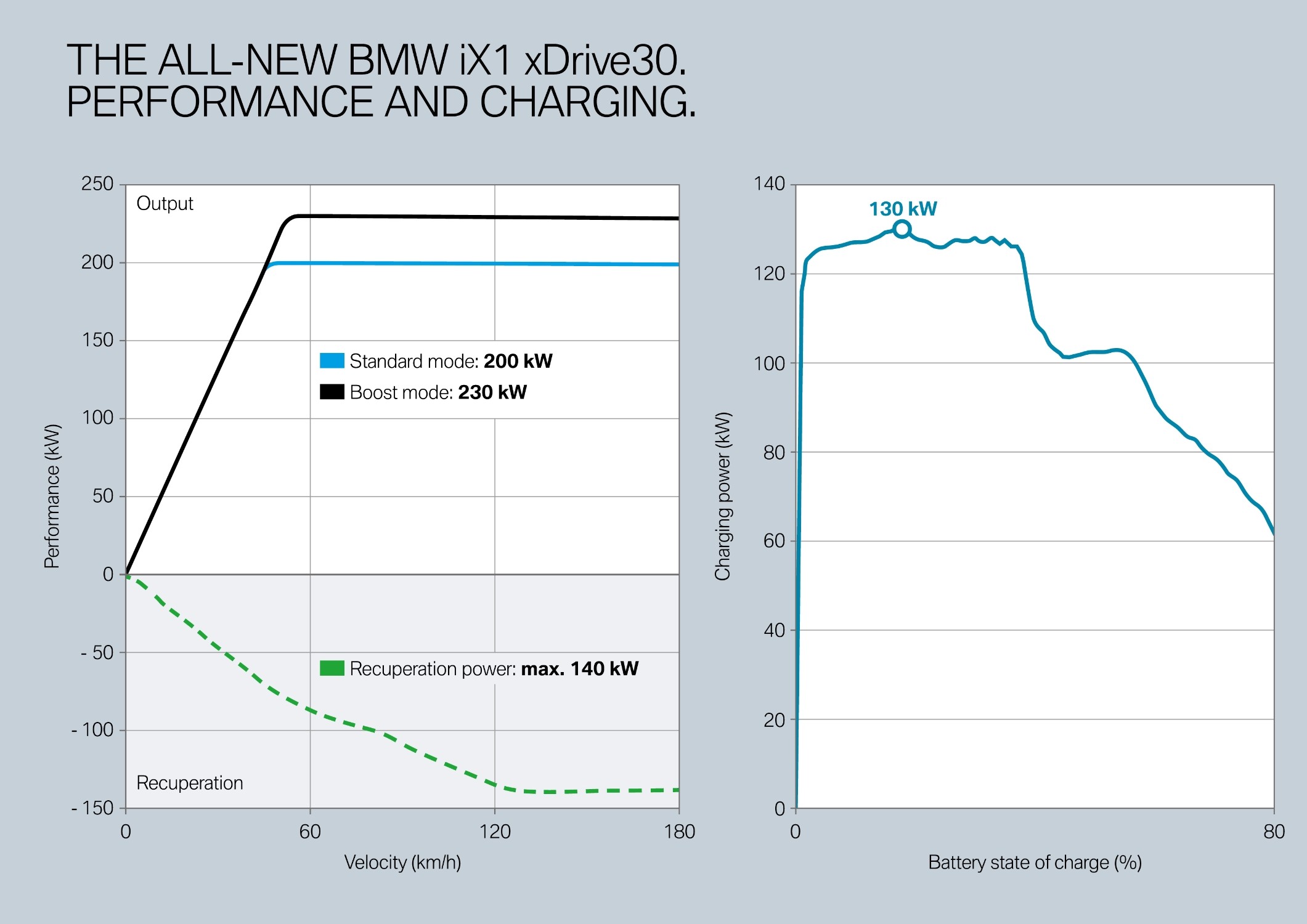
As for the suspension, it adopts a front MacPherson and rear multi-link structure. Although the parameters may seem average, BMW has stated that in order to improve long-distance comfort, the front suspension of the new car has added a shock-absorbing lining. While increasing the overall shock absorption stroke, this part also provides a better sense of dynamic performance in corners, and low-speed filtering will be smoother and crisper.
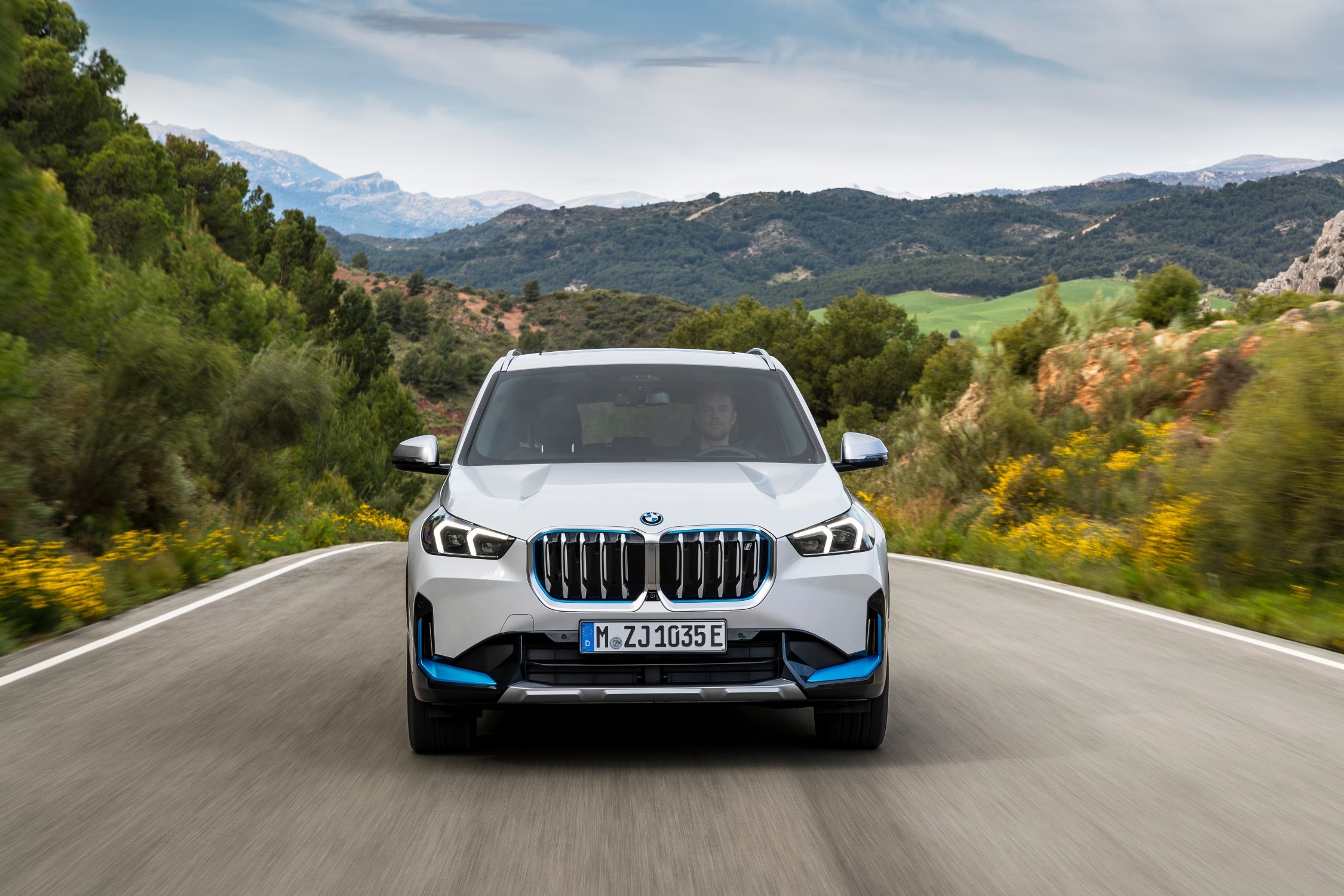
The iX1’s battery has a usable capacity of 64.7 kWh, a system energy density of 152 Wh/kg, and a maximum regenerative power of 140 kW, making it a very impressive power recovery rate.
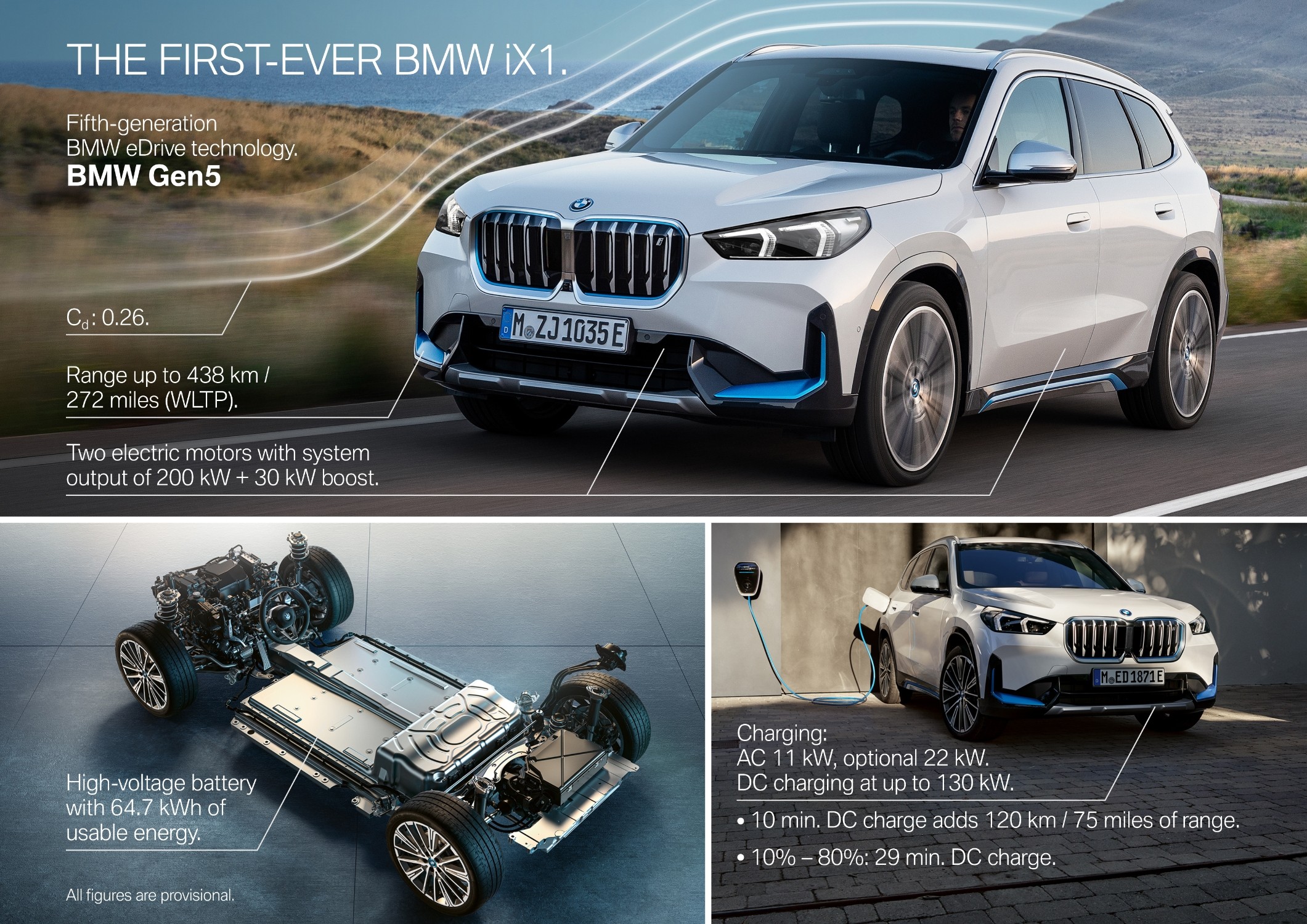
In terms of charging, the maximum fast charging power is 130 kW. From 10% to 80% only takes 29 minutes. The range varies according to the configuration, with a WLTP range of 413-438 km.BMW has made targeted optimizations for the BMS and DC-DC voltage converter in the iX1, providing more precise system control during charging, which can make the power curve as smooth as possible, avoiding a step-like drop in charging power in the form of square waves, which can improve charging efficiency and battery life.
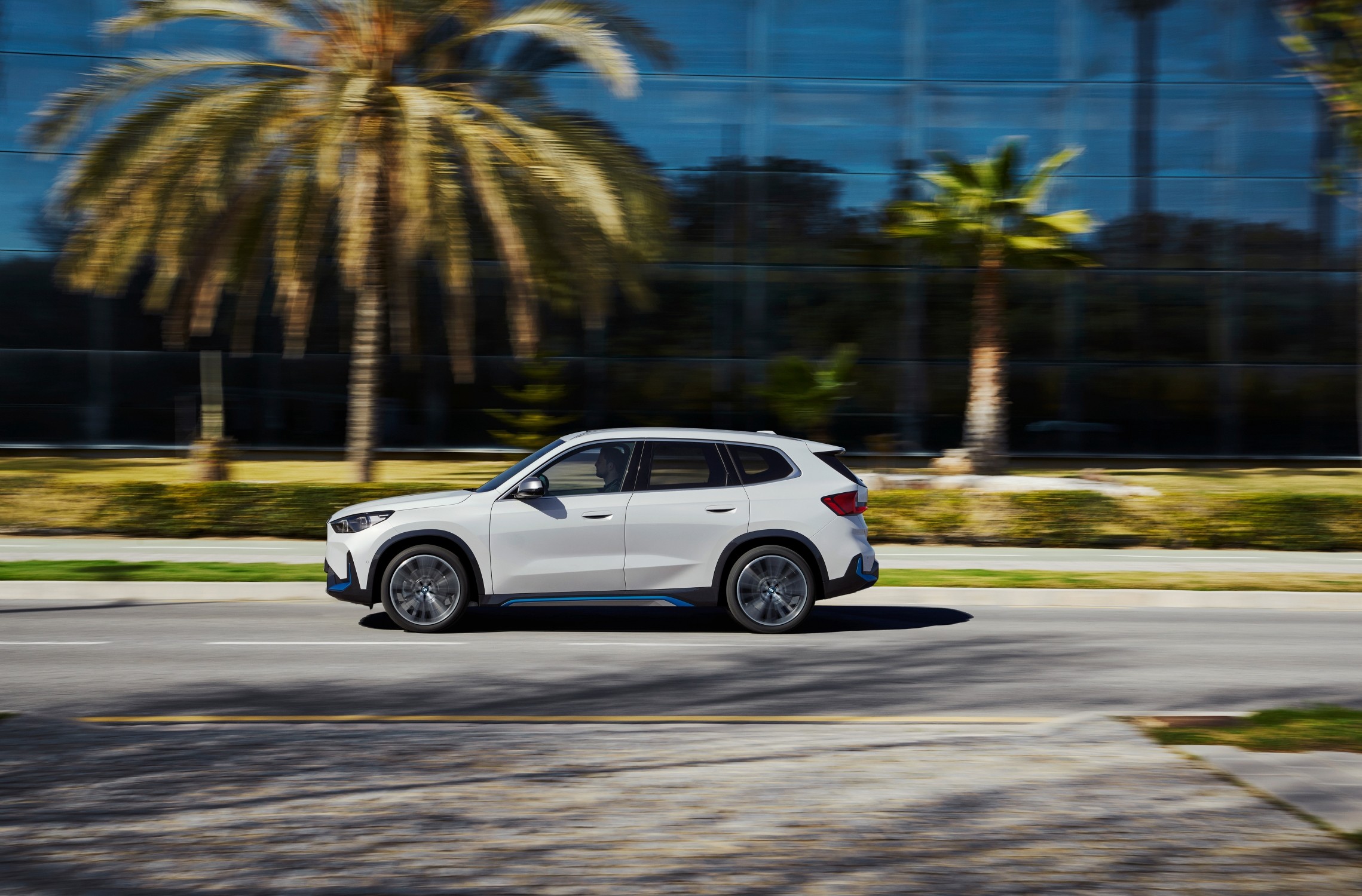
The iX1’s battery cooling system control has also added more control strategies. Multiple cooling strategies carried out alternately can avoid insufficient battery activity caused by excessive cooling during fast charging, and the optimal charging strategy for different charging stations is equipped with memory function. The ability to manually activate the battery temperature pre-control feature even when not in navigation mode is praiseworthy, and it will greatly increase charging efficiency in practice.
Although BMW will not use the all-electric platform called Neue Klasse until 2025, iX1, which is not an all-electric platform, was originally born on a decent shared platform. Furthermore, based on the experience of the ULK platform, the FAAR platform, which is compatible with pure electric power, has also been developed.
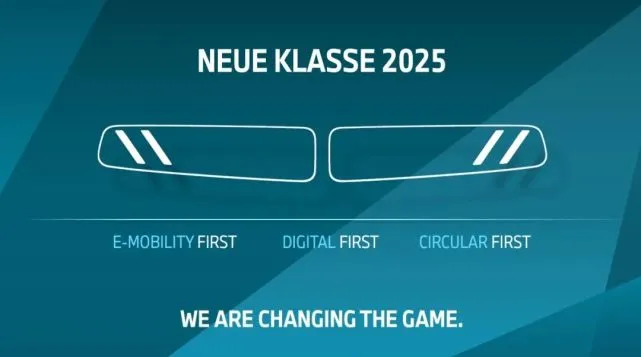
There is currently no news of the new X1 being produced domestically, so it is unclear whether the new X1 and iX1 will continue the tradition of being elongated after entering the country.
After all, the current X1 has super X3 space after being elongated, and its huge discount also makes the X1’s sales in the compact SUV market very high. If the new X1 with a brand-new interior is domestically produced and elongated, it will further enhance its product power, and the iX1 will also replace the i3 position and become an entry-level BMW pure electric vehicle.
Source: BMW official
This article is a translation by ChatGPT of a Chinese report from 42HOW. If you have any questions about it, please email bd@42how.com.
